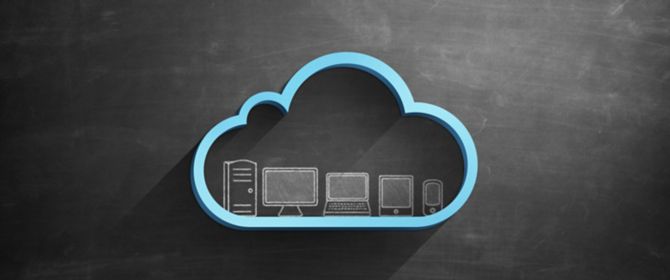The Future of IT: Next Generation IT Operating Models
Next Generation IT Operating Models
The new IT operating model needed for the digital world
Today, most organizations are somewhere along a digital transformation journey employing disruptive technologies to innovate across products, services, and business models. CIOs have been struggling to keep up with the insatiable demand for new digital capabilities from their business stakeholders. In fact, many have been watching their business counterparts increasingly turn to external providers for the technology enablement they need. In response, some CIOs have adopted multi-speed IT, increased their use of agile methodologies, or even created standalone digital units separate from the traditional IT organization.
But these are only stop-gap measures. What’s really needed is adoption of an entirely new IT operating model, breaking down the traditional technology silos and acquiring new skills.
KPMG first introduced the next generation IT operating model in late 2014 encompassing three new roles for IT: Broker, Integrate, and Orchestrate (BIO). This series of three papers will take a closer look at each of these roles in turn.

Part One: Broker
IT must respond by changing its operating model and acting as a broker to sensitize the business to the available opportunities, and harness the rapidly expanding ecosystem to quickly deliver technology-enabled innovation and digital solutions to business partners. To fulfil these goals, the broker role performs three major functions:
- Proactively engage the business in a partnership and shape demand
- Leverage emerging technologies to drive innovation
- Promote and manage a solutions portfolio
This paper looks at the new positions and skills that are required in the IT function, and how some current IT positions need to evolve, reduce or even be eliminated. The paper also covers next steps to look at making these changes to the IT function.
Download the paper here. (PDF 326 KB)

Part Two: Integrate
For many established organizations, disruptive innovation has been focused on customer-facing solutions. However, optimizing value from these investments typically involves integration with middle and back office systems of record, to provide a seamless customer experience as well as a holistic view of customer data.
Additional important issues in an integration include preserving architectural integrity, identity and access management, security, legal and regulatory compliance, and disaster recovery and business continuity.
In this second paper, we look at how the IT ‘Integrate’ role addresses three significant integration needs:
- To modernize existing core applications to reduce integration barriers and complexity
- To implement a new, open architecture that facilitates new development and integration of capabilities that use agile methods and continuous delivery practices
- To organize a center of excellence to educate and advise development teams across the enterprise on integration methods, tools, and best practices.
Download the paper here. (PDF 353 KB)

Part Three: Orchestrate
Today’s digital businesses are underpinned by a complex portfolio of technology-enabled capabilities sourced from an ever expanding ecosystem. The complexity of this ecosystem is only going to increase.
In the next generation IT operating model, the orchestrate role embraces the transformation to IT as a Service (ITaaS), delivering services and ensuring that performance, cost, and quality are meeting or exceeding expectations, applications and data are secure and compliant, and the business is getting optimal value. The goal is to hide the complexity and provide the same ease of use and responsiveness of the consumer onlineexperience to procuring business services. This is essential if the business’s increasing expectations are to be met, and a genuine return on investment is to be realized.
In this final paper, we look at how the IT ‘Orchestrate’ role carries out four major responsibilities:
- Build and manage a set of user services
- Manage vendor relationships
- Protect the enterprise
- Monitor service delivery performance.
The paper also looks at the new positions and skills that are required in the IT function, and next steps to making these changes to the IT function.
Download the paper here.(PDF 181 KB)

